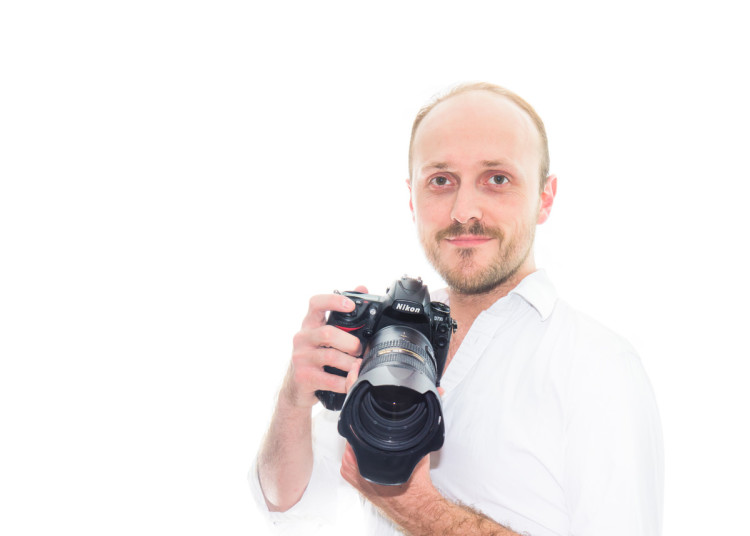
Hi, my name is Peter Treadway but I’m better known (photographically, at least) as Hybrid Peter, a moniker which derives from being the owner and one half of Hybrid Photography here in the UK (the other half being my buddy Hybrid Dave Williams). As Hybrid Photography, Dave and I are destination wedding specialists, traveling worldwide to capture our clients most treasured moments and it’s a job we absolutely love. However…
I’m not here today to talk about Weddings (I can almost hear the collective sigh of relief as I type that!). No, what I wanted to discuss is an issue that has been around for donkey’s years but has really started to become all too common in the photography community and it’s something that I really can’t abide. It’s the idea that only the most expensive pro kit will get you the results you want and that if you aren’t using said kit, then you can never be a ‘proper’ photographer.
And so whilst it’s true that you may need certain specialist lenses or equipment to fully pull off a select few types of shots, the vast majority of images that you’d want to capture can be so caught using the setup you most likely already have, with perhaps just a couple of other bits of very cheaply sourced kit that, once bought, could be used time and time again. Despite this, I’ve heard even seasoned photographers being fed the line by more ‘experienced’ pros that only the best, most expensive gear will do, but even more disappointing than that is that this ‘advice’ is almost always aimed at the younger generation of togs who, at that stage of their photography journey, have little other information to base their understanding on and so have no real choice but to believe what they’re being told. Well, I’m here to tell you it’s all rubbish!
I know this from personal experience, as I picked up my first entry level DSLR, a Nikon D3000, 6 years ago and within 6 months of buying it, shot my first wedding. Yes, I started shooting weddings on an entry level DSLR with only one lens (a Sigma 18-200mm f3.5-6.3), no speedlight and after only 6 months of having ever pressed a shutter release with any purpose! I think I just heard an old school tog have a heart attack!
As you might imagine then, every website, every photography forum and every photographer that I consulted was telling me that there was no way my shots would be any good whilst using such a basic setup and that I couldn’t even call myself a photographer by shooting with a £400 body… and they were right! But only partly so, as whilst I’m still immensely proud of the photos from that first event, it’s also true to say that they are a world away from the polished and professional images I deliver to my couples these days. However, where the nay sayers were wrong is in suggesting that this had anything to do with my kit, as, in reality, it was everything to do with my lack of training and knowledge. Luckily though, being 30 years old at the time, and therefore slightly older than your average first time shooter, I had the confidence to largely ignore what I knew to be inaccurate information and simply carry on.
Knowing that weddings were absolutely what I wanted to shoot though, and that I needed to improve quicksmart, rather than fall in to the trap of believing that I had to buy ever more expensive gear, I buried myself in every training resource I could find (which is also when I discovered Scott’s Digital Photography set of books and which to this day I still refer to as my bibles) and quite simply practiced, practiced, practiced with my trusty D3000.
Dave and I would head down to London’s Southbank, next to the River Thames, or just drive out to the middle of nowhere for whole days, any opportunity we got, and not stop shooting until our memory cards were full. Then we’d go and grab a bite to eat (usually a cheeky Nandos!) and process the images immediately on our laptops, reviewing what we could have done better, before emptying the cards on to the computers and starting over again, now taking different types of shots of city lights, light trails and playing with light orbs as the sun faded. We’d shoot architecture, street photography, cars and bikes and even model for each other to better understand concepts of lighting and posing and how different setups could completely change the feel of a portrait. I just couldn’t get enough of trying new things.
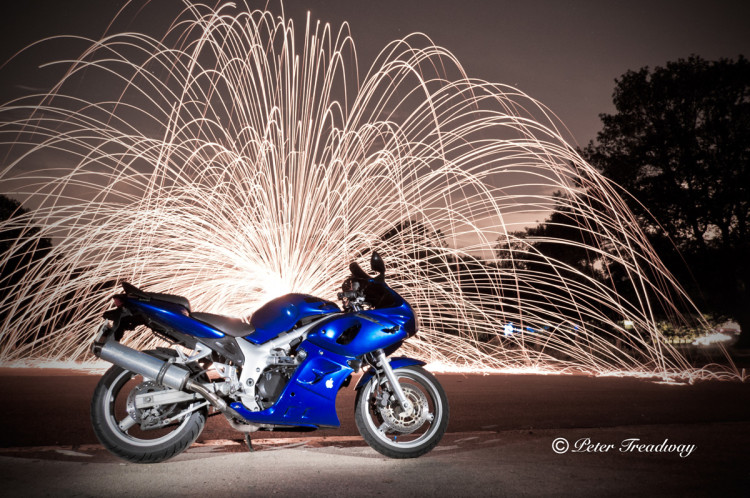
And so it was that when the next wedding came around 3 months later, despite the only difference being the addition of a small budget speed light, there was a huge difference in the feel of the images. My composition was better, my understanding of camera settings was better and I had a greater idea of where I should be standing at key moments to fully utilise the light available to me.
Still the comments continued to be made though and they did stick with me but thankfully not in a way that had me brooding over them and worrying that I wasn’t good enough but rather reinforced my resolve never to become one of ‘those’ photographers as I continued my photographic progression. They also made me a firm believer in the notion that the only time you should look down on someone, is when you’re helping them up.
This is why, almost from the very beginning, Dave and I have actively tried to impart any knowledge and skills we had acquired to the next wave of eager photographers and have lead a number of educational photowalks and informal training sessions to this end over the years, including being asked to organise and run the Photofocus photowalk earlier this year, as part of The Societies photography convention here in London, where we were joined, amongst others, by Robert Vanelli, Richard Harrington and Eric Renno. On the point of helping people to learn, I’ve also found it to be a fantastic way of picking up tips myself, as strange at that sounds, because in the midst of a giving practical advice to a group of people, there is always some new information that can be picked up during discussion.
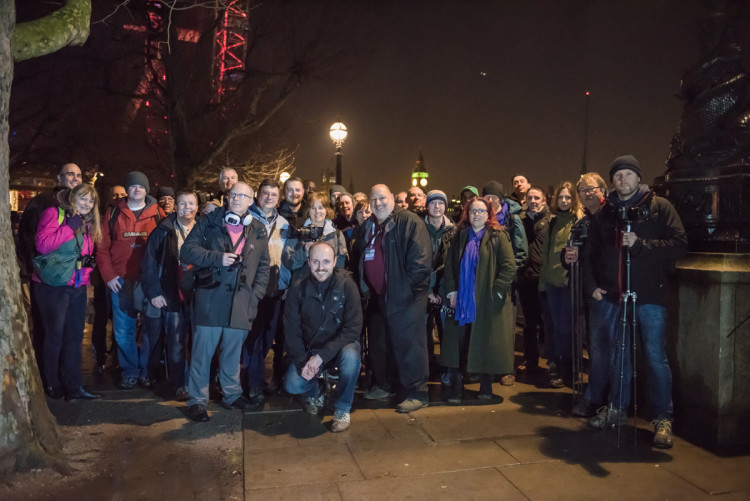
As of now then, I am thankfully at a stage in my career where I have managed to surround myself with fellow creatives that share this belief of recycling knowledge and paying forward what they themselves have been taught, without looking down on people and telling them that they’re no good unless they have the latest and greatest stuff. However, having spoken to a number of newer photographers during various training sessions over the last few years, it’s clear that the same tired old phrases regards having to have the ‘right’ gear are still doing the rounds.
A few weeks ago then, while I was sat at home pondering a new photo project and how I could use it to tie in with this ethos of being able to shoot almost anything, almost anywhere and with almost any camera, I hit upon an idea that saw me shooting something I’d been wanting to capture for a while and something that was very dear to my heart… my car!
Now, as a caveat to these images, I should point out that I’m clearly no automotive photographer and that these images would probably never grace the pages of any car magazines but that was never my aim (and besides, my Mum has seen them and she loves them, so that has to mean they’re good, right?). But seriously, what was I really trying to achieve here? Well, I wanted some moody, low key shots of my car, which is what I have ended up with and more importantly, they illustrate one major point:
You don’t need a huge studio, banks of lighting and mega expensive camera gear to take these kind of shots. Let me show you why:
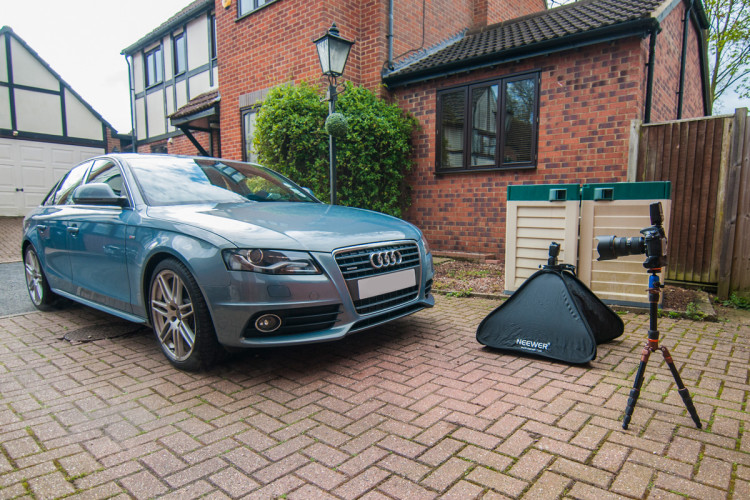
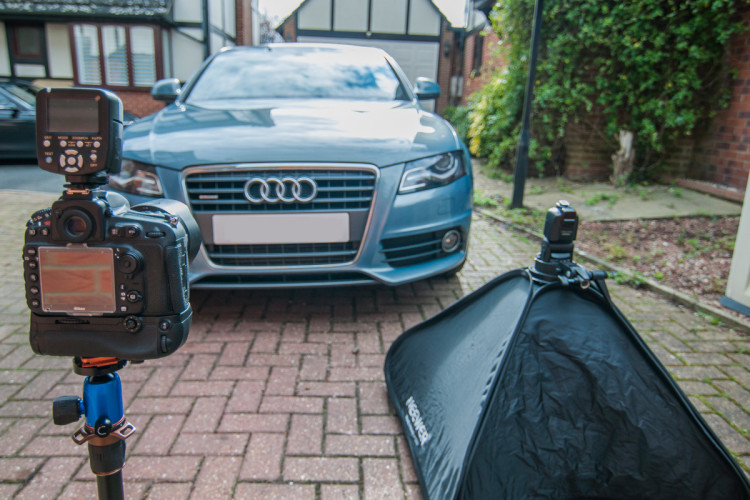
Yep, these were taken on the driveway outside my house and in broad daylight and could easily have been taken in a cramped garage or on the street. So ok, full disclosure (because I know the eagle eyed amongst you will have picked up on this already) I actually took these shots using a full frame Nikon D810, a 14-24 f2.8 lens and a 3 Legged Thing tripod, all of which come in at quite a pretty penny. But, and as Sir Mix-a-lot says, it’s a big but, before you go off espousing that I’m a charlatan of the highest order, let’s consider the settings I used.
All of these images were shot at around f10, ISO100 and using the wide end of the lens, which all means there’s absolutely nothing stopping anyone taking these shots with a baby DSLR, a kit lens, even the cheapest tripod and basic knowledge of your chosen photo editing software (I’ll be posting a full blog on my post processing for these shots over on my website soon, so keep an eye out for that, if you’re interested). As for lighting, I used a Yongnuo speedlight and trigger combo which allowed me to get the flash off my camera hot shoe and cost around £65 ($90) on eBay for the two and a cheap 24” softbox which cost around £25 ($35), again from eBay. So then even when extra bits of kit are needed, it’s clear that they don’t have to be the latest Profotos or Elinchroms to get the job done and it’s likely to be stuff that won’t simply see the light of day for one shoot but that you’ll able to use time and again.
And so with all of that said, I hope that now gives you the confidence to tell the detractors what they can do with their information and gives you the ability to see that the only limit to getting great results from whatever kit you already have, is how creative you’re willing to get with it and that if you think it’s time to upgrade your kit, make sure first that you don’t simply need to upgrade your knowledge!
P.S. I’d just like to say thanks to you all for taking the time to read my idle ramblings and that I’m looking forward to meeting lots of new fellow creatives at Photoshop World later this year (if you haven’t booked your ticket yet, really, what are you waiting for!), so if you’re going and you see me there, feel free to come over and say hello. After all, I’m English, so I’m bound to be polite, right? FInally, I’d also like to say a huge thanks to Scott for allowing me to grace his guest blog spot this week. It’s a genuine honour.
You can see more of Peter’s work at HybridPeter.com, and follow him on Instagram, Twitter, Facebook, and Flickr.



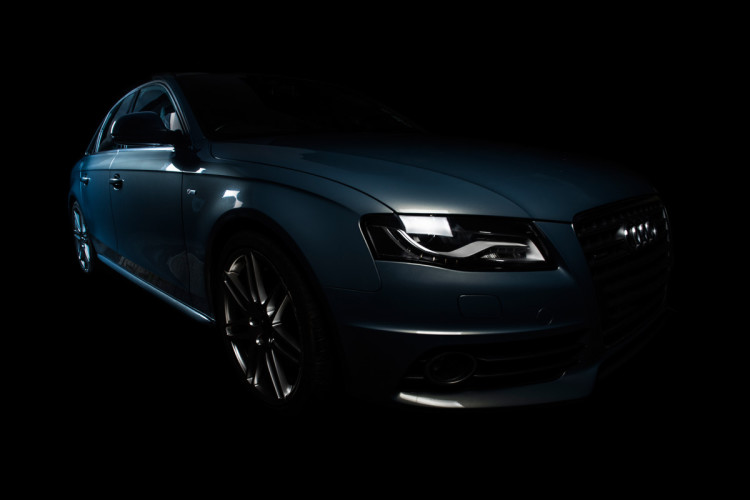
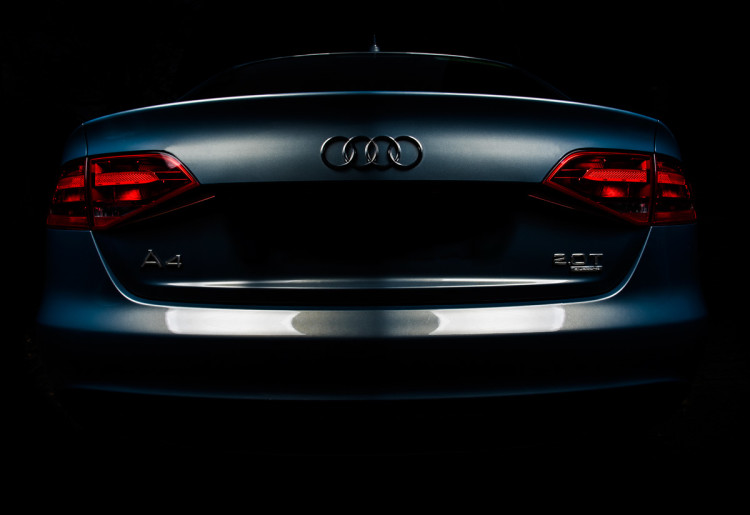
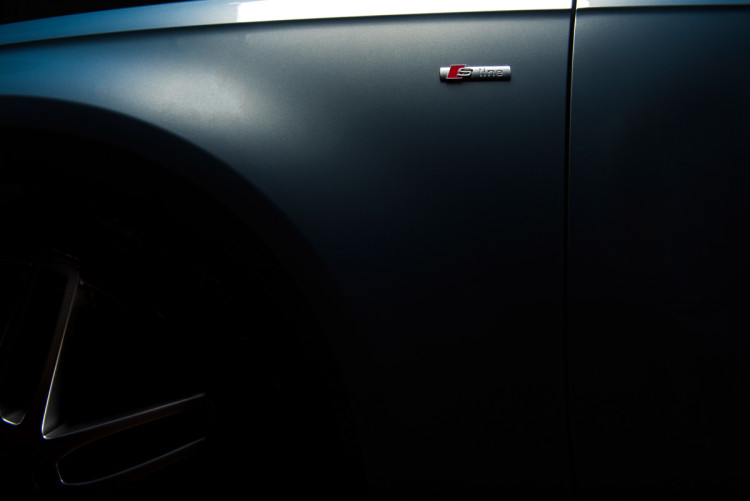
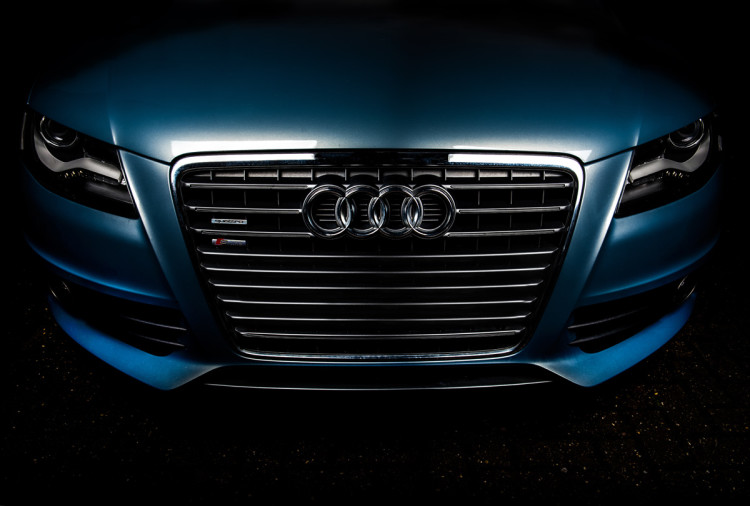
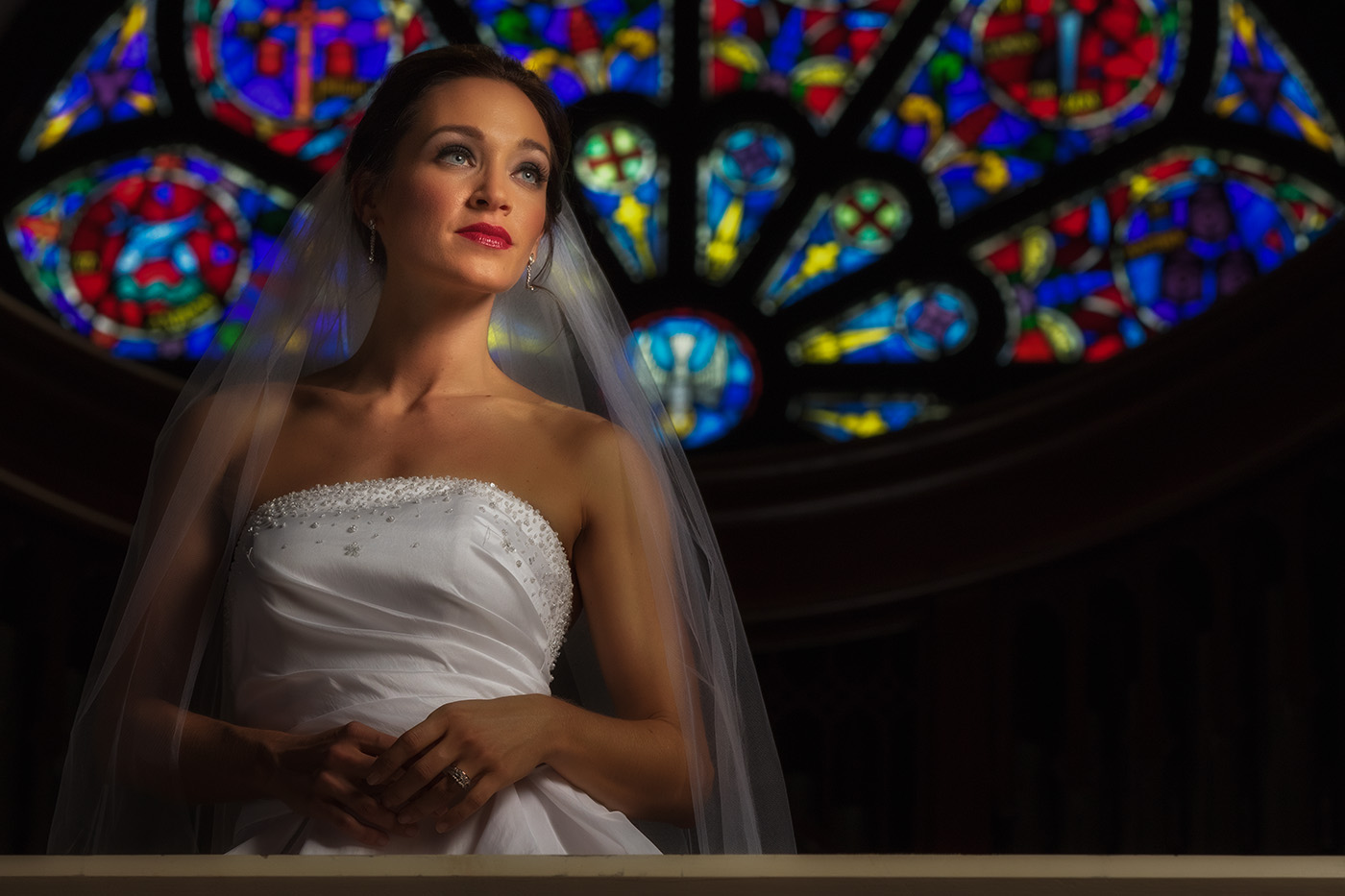
Nice article. I too believe in the person behind the camera, not the camera itself. I created this with a 6 year old Canon T2i w/ 28-135mm f/3.5-5.6 ($219 refurbished), a Yongnuo Flash with a 1×4 strip soft box.
https://www.flickr.com/photos/miniburb/25525399025/
Wow, absolutely amazing shots and a perfect illustration of what I was saying!
Glad you liked the blog and keep up the good work.
Peter
Photography is an Art, and you’ve made this car artistic :3
SSC Result 2016
Thanks Sally, that’s a very nice way of putting it!